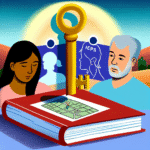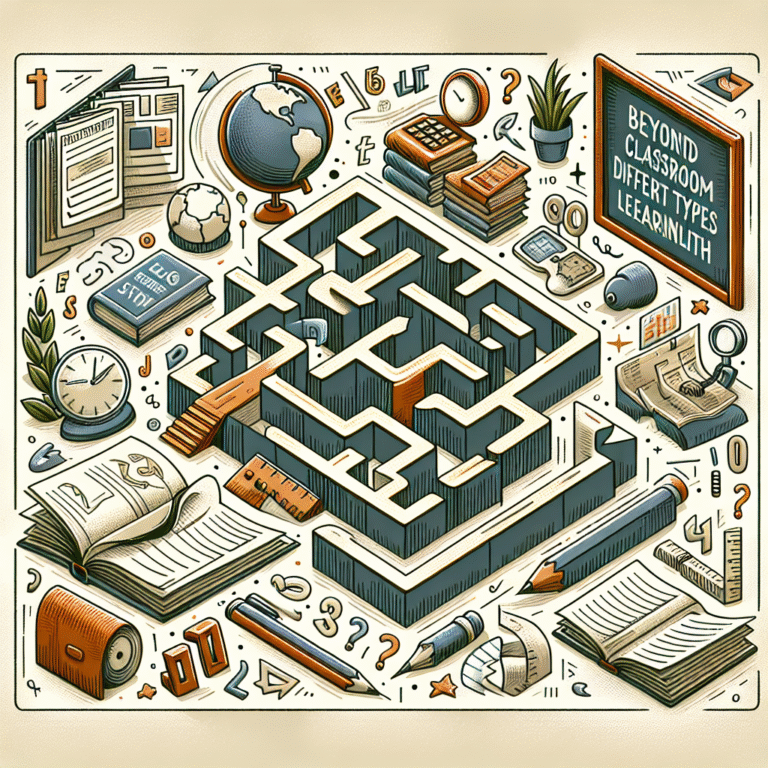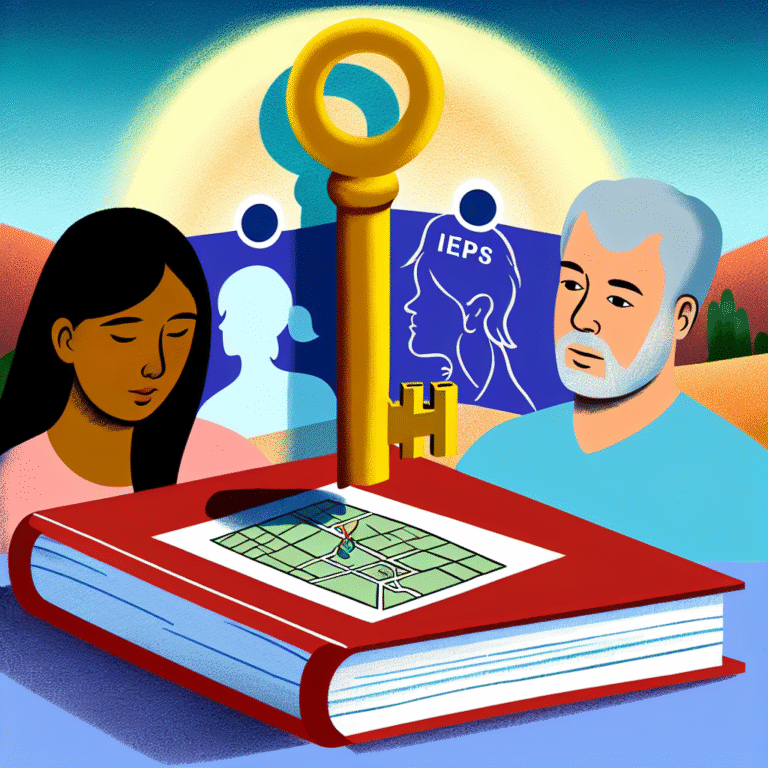
Conflict Resolution 101: Building Stronger Relationships Through Understanding
Introduction
In our fast-paced world, conflict is inevitable, whether in personal relationships, workplaces, or global interactions. Yet, rather than viewing conflicts as obstacles, we should embrace them as opportunities for growth and understanding. Welcome to Conflict Resolution 101: Building Stronger Relationships Through Understanding, a comprehensive guide designed to equip you with the tools you need to navigate and resolve conflicts effectively.
This article dives deep into the essence of conflict resolution, exploring its benefits, techniques, and real-world applications to help you build stronger, more resilient connections with others. So, let’s embark on this transformative journey toward understanding and cooperation.
The Importance of Conflict Resolution
Understanding the Nature of Conflict
Conflict often arises from differing values, beliefs, and perceptions. It’s essential to understand that conflict is a natural part of human interaction. According to research from the Institute for Conflict Analysis and Resolution, nearly 70% of workplace conflicts stem from miscommunication and differing expectations. Recognizing this, the principle of Conflict Resolution 101: Building Stronger Relationships Through Understanding becomes glaringly relevant.
Benefits of Effective Conflict Resolution
Conflict resolution can yield incredible benefits, including:
- Enhanced Relationships: Resolving disputes fosters trust and mutual respect.
- Increased Productivity: In workplaces, constructive conflict resolution can lead to improved teamwork and efficiency.
- Personal Growth: Engaging in conflict resolution enhances emotional intelligence and interpersonal skills.
| Benefits of Conflict Resolution | Description |
|---|---|
| Enhanced Relationships | Builds trust and respect |
| Increased Productivity | Promotes teamwork |
| Personal Growth | Develops emotional intelligence |
| Improved Communication | Fosters clear dialogue |
Steps to Conflict Resolution
1. Recognize the Conflict
The first step in conflict resolution is recognizing that a conflict exists. Acknowledging the problem is crucial. Often, conflicts are expressed through anger, withdrawal, or passive-aggressive behaviors.
2. Understand Different Perspectives
Understanding different perspectives is vital to the success of Conflict Resolution 101: Building Stronger Relationships Through Understanding. Take the time to listen to the other party involved in the conflict. Empathy is critical here—put yourself in their shoes to grasp their concerns and feelings better.
Case Study: The Workplace Disagreement
In a corporate setting, two team members disagreed on a project direction. By implementing perspective-taking strategies, they understood each other’s viewpoints and merged their ideas, resulting in a more robust project proposal. This not only resolved their conflict but also strengthened their working relationship.
3. Communicate Openly
Open communication is the cornerstone of effective conflict resolution. Use "I" statements to express your thoughts and feelings without blaming the other party. For instance, instead of saying, "You never listen," rephrase it to, "I feel unheard when you interrupt me."
4. Develop Collaborative Solutions
Once both parties fully understand each other’s perspectives, it’s time to brainstorm solutions together. Collaboration fosters a sense of partnership, allowing both sides to feel valued in the resolution process.
5. Agree on Action Steps
After collaboratively developing potential solutions, agree on specific actions each party will take to resolve the conflict. This step solidifies your commitment to the resolution.
6. Follow Up
Finally, don’t neglect the follow-up step. Checking in post-resolution allows both parties to ensure that the agreement is upheld and to address any lingering issues.
Advanced Techniques in Conflict Resolution
While the initial steps are fundamental, advancing your conflict resolution skills can be incredibly beneficial. Techniques such as mediation, negotiation, and facilitation can enhance your ability to manage conflicts effectively.
Mediation
Mediation involves a neutral third party facilitating the conversation between conflicting parties. This technique is particularly useful in complex disputes, helping to keep emotions in check and fostering effective dialogue.
Negotiation
Negotiation is a dialogue between parties aimed at reaching an agreement. Techniques such as principled negotiation, where both sides aim to find mutually beneficial outcomes, can lead to practical solutions.
Facilitation
Facilitation is the process of guiding a group in conflict to a resolution. A skilled facilitator can help ensure that all voices are heard and that discussions remain productive.
Case Study: Community Mediation Program
A community mediation program saw significant reductions in neighborhood disputes by implementing structured mediation sessions. Participants regularly expressed feelings of empowerment and satisfaction post-session—a clear testament to the power of effective conflict resolution strategies within community settings.
The Role of Emotional Intelligence
Understanding Emotional Triggers
Emotional intelligence (EI) plays a crucial role in conflict resolution. Understanding your emotional triggers helps you manage your reactions and engage thoughtfully in conflicts.
Building Empathy
Empathy can turn adversarial encounters into collaborative discussions. When you genuinely care about the perspectives of others, it becomes easier to navigate conflicts constructively.
Conclusion
In closing, Conflict Resolution 101: Building Stronger Relationships Through Understanding is more than a theoretical concept; it’s a practical approach to enhancing our interpersonal connections. By recognizing conflict as an opportunity for learning and growth, we pave the way for stronger, more resilient relationships in our lives.
As you embark on your journey to mastering conflict resolution, remember that every conflict resolved is a step toward a deeper understanding of yourself and others. Embrace the process; the results will undoubtedly be rewarding.
FAQs
1. What is conflict resolution?
Conflict resolution is the process of resolving a dispute or disagreement effectively to achieve a peaceful outcome while maintaining relationships.
2. Why is conflict resolution important?
It helps to enhance relationships, improve communication, and promote collaboration, leading to a more harmonious environment, be it personal or professional.
3. How can I improve my conflict resolution skills?
Practicing active listening, enhancing empathy, and learning negotiation techniques can significantly improve your conflict resolution skills.
4. What types of conflict resolution exist?
Various types include mediation, negotiation, facilitation, and arbitration, each suitable for different scenarios and levels of complexity.
5. How can I remain calm during a conflict?
Employing deep breathing techniques, mindfulness practices, and focusing on solutions rather than problems can help maintain composure during conflicts.
In this article, we’ve explored Conflict Resolution 101: Building Stronger Relationships Through Understanding. By applying these techniques and insights, you can transform conflicts into stepping stones for stronger, lasting relationships. Remember, the journey toward understanding begins with understanding itself.













